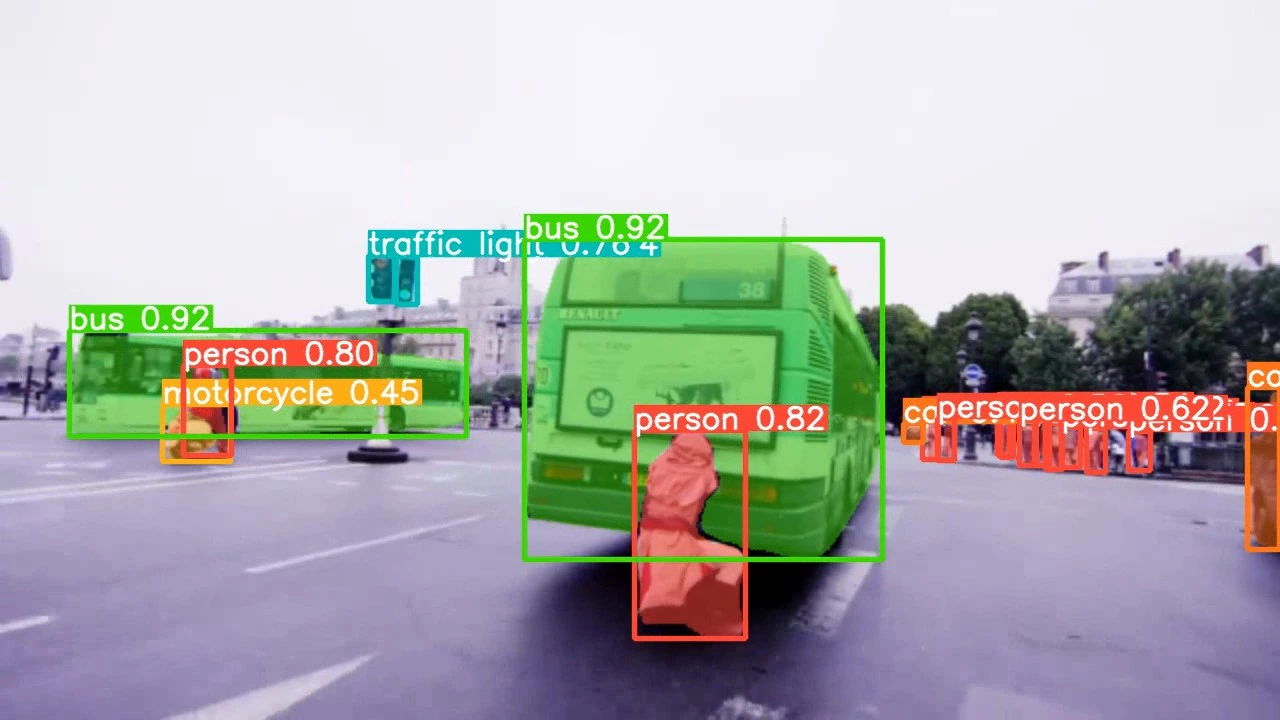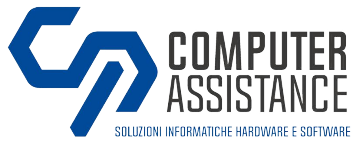There creation of back-end software It is a crucial process in creating web applications and business software.
The backend, in fact, is the part of the system that manages the "behind the scenes" of the functioning of an application. Data, business logic, security and integration with other systems are managed here.
The custom software development for the backend, therefore, is a process of creating software solutions tailored to meet the specific needs and objectives of a company or digital project.
These software are designed to manage business processes, data processing and information logistics behind the scenes, away from the eyes of end users.
Custom back-end development, thanks to a meticulous planning based on dialogue with the end customer, it therefore offers companies the control, adaptability and efficiency necessary to face challenges in a targeted and scalable way, guaranteeing an indispensable competitive advantage.
The benefits of custom backend software
Why should a company or professional choose to request the support of a software house to create customized back-end software?
There are many reasons both from an operational point of view and with regards to the reliability of the software. The key word is efficiency.
A custom backend can first and foremost automate business processes specific, reducing operating costs and improving the overall efficiency of the company.
Choosing to opt for customized software, in fact, means deciding to rely on a solution that can be designed for exactly meet the company's unique needs, ensuring it is flexible and expandable to address industry-specific challenges.
Furthermore, customized solutions can be easily integrated with existing systems, enabling consistent workflow and centralized data access.
Added to this is the high potential of scalability, as software of this type allows the company to grow without having to worry about having to radically change its system.
All this, in two words, translates into a total control. Customized back-end solutions offer complete control over every aspect of the system, including data security, architecture and functionality, allowing you to quickly respond to evolving needs.
Another point in favor is that relating to security and compliance of customized software, which can be designed with specific measures and ensure regulatory compliance, protecting company data and user privacy.
Finally, although developing a custom backend may require an initial investment, over time this translates into an investment cost reduction compared to using pre-packaged solutions that require expensive licensing and customization.
Key characteristics of good backend software
A good back-end software it should possess a number of essential characteristics to ensure the scalability, efficiency, security and reliability of the application or system.
These features are critical to ensuring the success and seamless functioning of back-end software in a business or digital project.
In order for them all to be satisfied, therefore, it becomes increasingly necessary back-end customization based on the specific needs of the project.
Here, then, are some of the key characteristics of good back-end software.
- Scalability: Software should be designed to allow for horizontal (add more servers) and vertical (upgrade hardware) scaling to handle growing workloads;
- Optimal Performance: The system must be able to process user requests quickly and efficiently, ensuring a processing speed that provides almost instantaneous responses.
Furthermore, it is essential todatabase optimization, which must be able to handle large volumes of data and include fast and efficient queries; - Safety: The software must be robust authorization management to ensure that only authorized users can access certain resources.
Additionally, it must be able to protect against threats such as SQL injection, Cross-Site Scripting (XSS) and Cross-Site Request Forgery (CSRF), using security techniques adequate.
It's still. should securely manage user credentials and provide reliable authentication methods; - Reliability: Must be able to handle hardware failures or software issues without significant disruption to services and should include backup procedures regular and a plan data recovery to deal with emergency situations;
- Easy Management and Configuration: It is essential that the software includes a administration dashboard to monitor and manage the system. And it should also allow you to configure system settings easily and intuitively;
- API Management and Integration: The backend software should offer a well-documented Application Programming Interface (API) for allow integration with other applications and services. It is also essential, in this sense, to support API versioning to ensure compatibility with previous versions;
- The integration of third-party services, after all, is essential to enable communication with external services, such as cloud services or third-party APIs, and thus to enrich functionality;
- Regulatory Compliance: Another essential point is that the software complies with applicable laws and regulations, such as GDPR for data privacy or other sectoral laws;
- Monitoring and Analysis: Finally, the software should integrate performance and error monitoring tools to identify and resolve problems quickly.
At the same time, it must provide tools to analyze application data, so that it can improve its efficiency and user satisfaction.
What technologies are used to create back-end software
Building custom back-end software involves a number of things technologies and tools which are used to develop solutions capable of adapting and satisfying the specific operational needs of a company or digital project.
In this article, however, we will focus on 4 main technologies, those used by Noitech Software House for the creation of customized software for the back-end:
PHP
PHP (Hypertext Preprocessor) is a scripting language widely used for developing back-end software for web applications. He is known for his ease of use, versatility and popularity in creating dynamic websites and web applications.
Here's an overview of PHP and how it's used to build backend software.
- Interaction with the Web Server: PHP is often embedded within HTML code and runs server-side. When a user makes a request to a web page, the web server processes the embedded PHP code and returns the generated output to the client browser;
- HTTP Request Management: PHP handles HTTP requests sent from a browser or other source, allowing for form processing, access to cookie data, URL manipulation, and more;
- Access to Databases: PHP offers a wide range of libraries for connecting to databases, including MySQL databases, PostgreSQL, SQLite, and many others. This enables data storage and management for web applications;
- Data processing: PHP is used for processing data received from HTTP requests. This may include validation of data entered by users, calculation and manipulation of data, generation of dynamic content, etc.;
- Communication with External Services: PHP can communicate with external web services using protocols such as HTTP, REST and SOAP, allowing the integration of third-party services into applications;
- Libraries and Frameworks: There are numerous PHP libraries and frameworks, such as Laravel, Symfony, CodeIgniter, that simplify the development of complex web applications by providing a predefined structure and components;
Python
Python is a versatile programming language that can be used to develop back-end software for web applications. While not as common as PHP or Node.js for web development, Python is prized for its clarity, code readability, and wide range of libraries and frameworks. Here's how it's used to make the backend software:
- Web Frameworks: Python offers various web frameworks that make it easier to create web applications. Some of the best known include Django and Flask. These frameworks offer predefined structures to handle HTTP requests, database access, session management, and dynamic HTML generation;
- Access to the Database: Python supports a variety of relational and NoSQL databases. You can use libraries like SQLAlchemy or Django ORM to interact with databases easily and securely. This allows you to store and retrieve data useful for the application;
- Dynamic Content Generation: Python is used to generate dynamic content based on data from the database or user requests. This includes generating HTML pages, JSON or other data formats;
- Session Management and Authentication: For applications that require authentication and session management features, Python offers libraries and frameworks to implement these features securely;
- APIs and Web Services: Python is widely used to develop RESTful APIs and web services. Libraries like Flask-RESTful make it easy to create APIs to allow interaction with other applications or third-party services;
- Specialized bookstores: Python offers numerous specialized libraries for handling specific tasks. For example, there are libraries for image processing, geospatial data management, data analysis, and much more;
- Scalability: Python is used by large companies for developing highly scalable applications. Frameworks like Django are suitable for building complex web applications.
Java
Java is a programming language widely used for developing back-end software for web and enterprise applications. Its rich standard library, along with frameworks like Spring, makes it easy to develop robust and scalable applications. Java's portability also allows you to run applications on different platforms. Here are some key features for back-end software development:
- Servlets and JSP (JavaServer Pages): Java is often used to develop servlets and JSPs, which are server-side components for building web applications. Servlets handle HTTP requests, while JSPs allow the creation of dynamic web pages;
- Web Frameworks: There are numerous Java web frameworks, including Spring and JavaServer Faces (JSF). Spring is particularly popular and is known for simplifying HTTP request handling, database connection, dependency injection, and security;
- Access to the Database: Java supports accessing relational databases through technologies such as JDBC (Java Database Connectivity). This allows you to connect to databases such as MySQL, PostgreSQL and Oracle to store and retrieve data;
- Dynamic Content Generation: Java allows the generation of dynamic content, including HTML, JSON, and XML, based on data from the database or user requests;
- Web Services: Java is used to create standards-based web services such as SOAP and REST. Web services can be developed to allow interaction with other applications and systems;
- Third Party Libraries: Java has a wide range of third-party libraries available through Maven or Gradle. These libraries simplify web application development by adding pre-built functionality and improving development efficiency.
Node.js
Node.js is a JavaScript runtime environment based on Google Chrome's V8 engine. It is widely used for developing back-end software for web applications, and is known for its efficiency, scalability, and ability to handle many simultaneous connections. Here are some of its main features:
- HTTP Request Management: Node.js is well suited for handling HTTP requests. Using the “http” module or web frameworks like Express.js, developers can easily create web servers to handle requests from web clients, browsers, or mobile applications;
- Asynchronous Programming: Node.js is based on a non-blocking asynchronous programming model. This allows you to handle many requests at once without blocking the main thread, making Node.js highly efficient for real-time applications, such as chatting and online gaming;
- Access to the Database: Node.js supports several database drivers, including MongoDB, MySQL, PostgreSQL, and many others. Developers can use these drivers to connect to databases and manage data effectively;
- Dynamic Content Generation: Node.js can generate dynamic content based on data from the database or user requests. Developers can use template engines like Handlebars or EJS to create dynamic web pages;
- Third Party Libraries: Node.js has a large ecosystem of third-party libraries accessible via npm (Node Package Manager). These libraries simplify development by adding pre-built functionality and improving development efficiency;
- Real-time Web: Node.js is ideal for real-time applications such as chat, multiplayer gaming, and video streaming, thanks to its ability to handle WebSocket connections.
The Noitech “method”.
In Noitech we adopt a personalized approach which is based on a consolidated method, refined during our decades of experience in the sector, which has allowed us to successfully satisfy a large number of customers.
To achieve this, we carefully follow a series of key steps in the software development process, which includes 8 fundamental phases:

This development approach is applicable to all types of software, from systems to backend, described in detail in this article, ai front-end software, the mobile applications and any other platform digital.
Our primary purpose is to provide fulfillment standardized, thus guaranteeing the certainty of obtaining a result that is always excellent and free of structural defects.
To achieve this goal, we have chosen to join the ISO/IEC 12207 standard for software lifecycle management. This standard aims to become the reference in the sector, comprehensively defining all the activities involved in software development and maintenance process.
The structure of the standard was designed to be highly flexible and modular, adapting to the specific needs of each user. The fundamental principles on which it is based include:
- Modularity, which aims to define processes with low coupling and strong cohesion;
- Responsibility, which involves assigning a manager for each process.
Furthermore, in the Noitech Software House, we offer our customers the total availability of a multidisciplinary team which can satisfy every type of request and manage every aspect of the realization of their project.
This is why you should rely on Noitech and choose us as a partner for the creation of your software projects. Do not hesitate to contact us for further details or to discuss your project in depth. We are here for you.






















